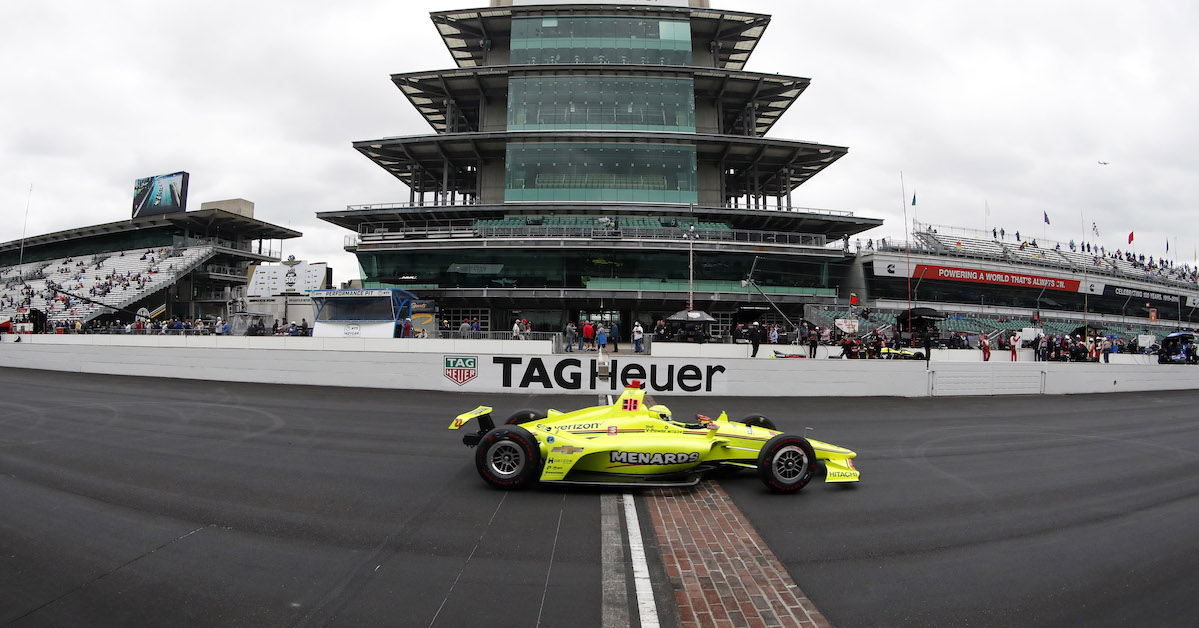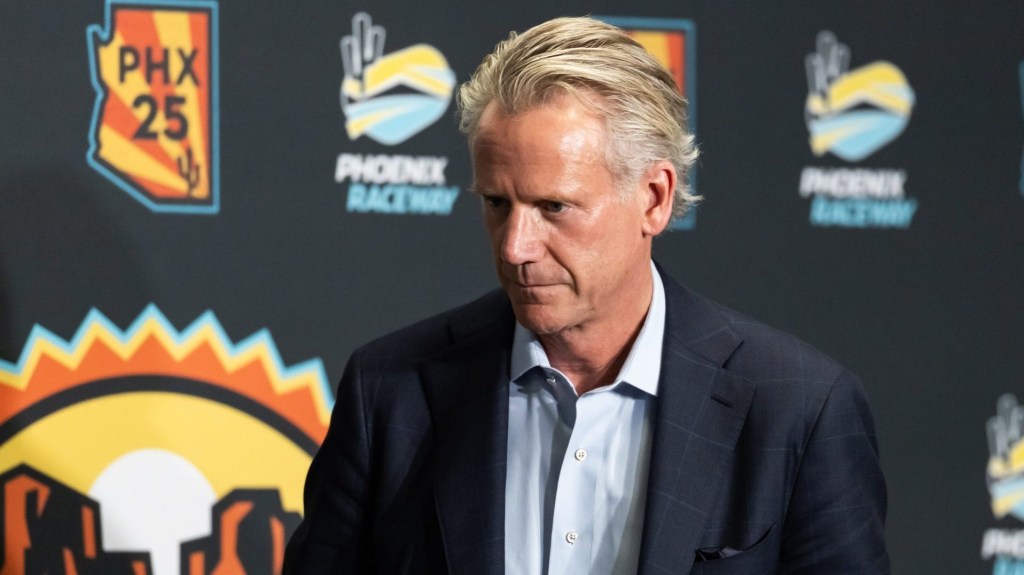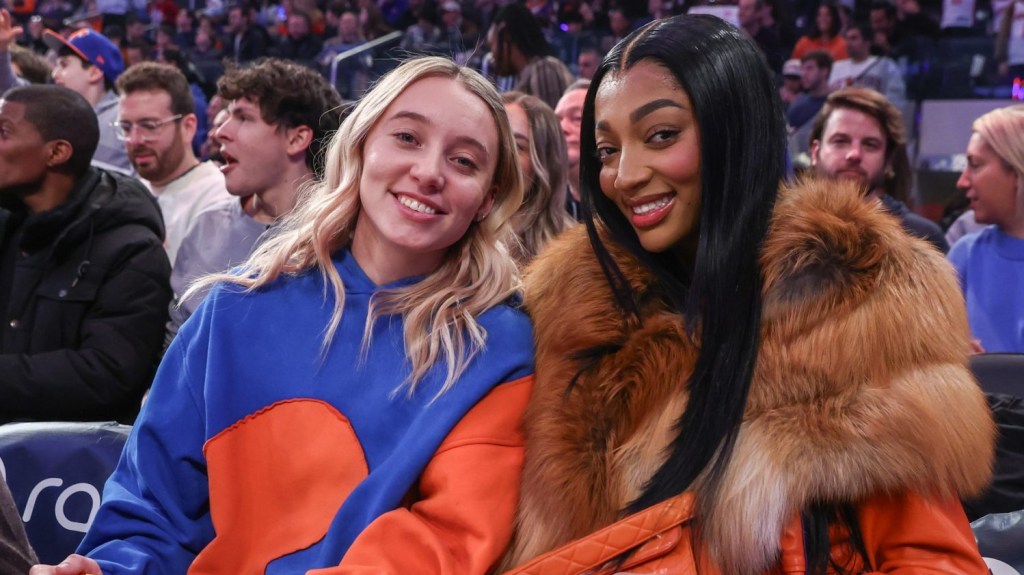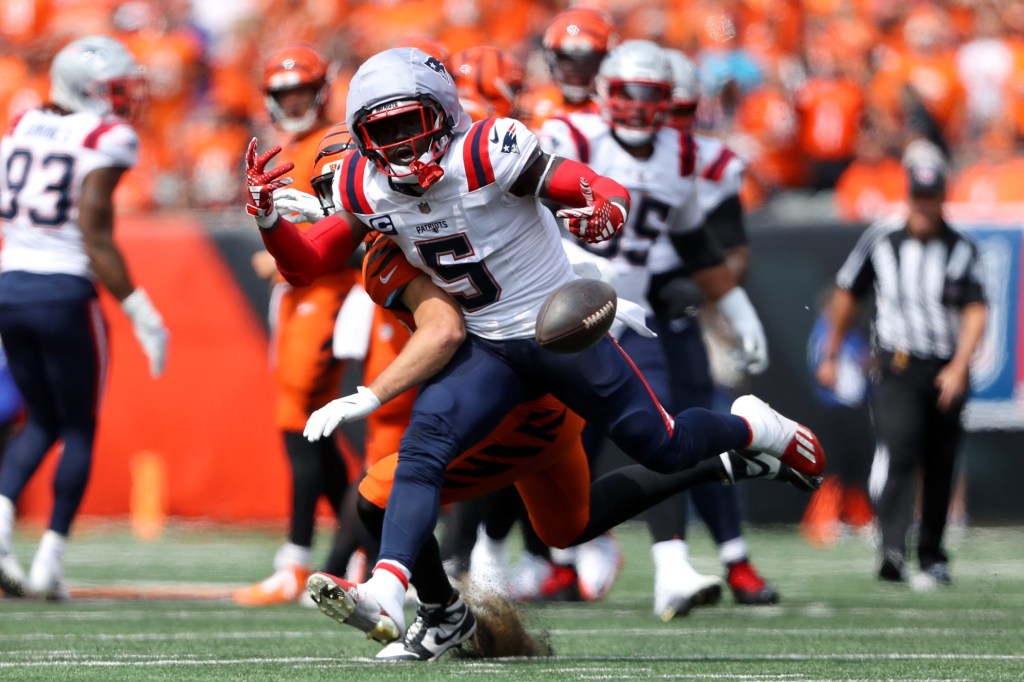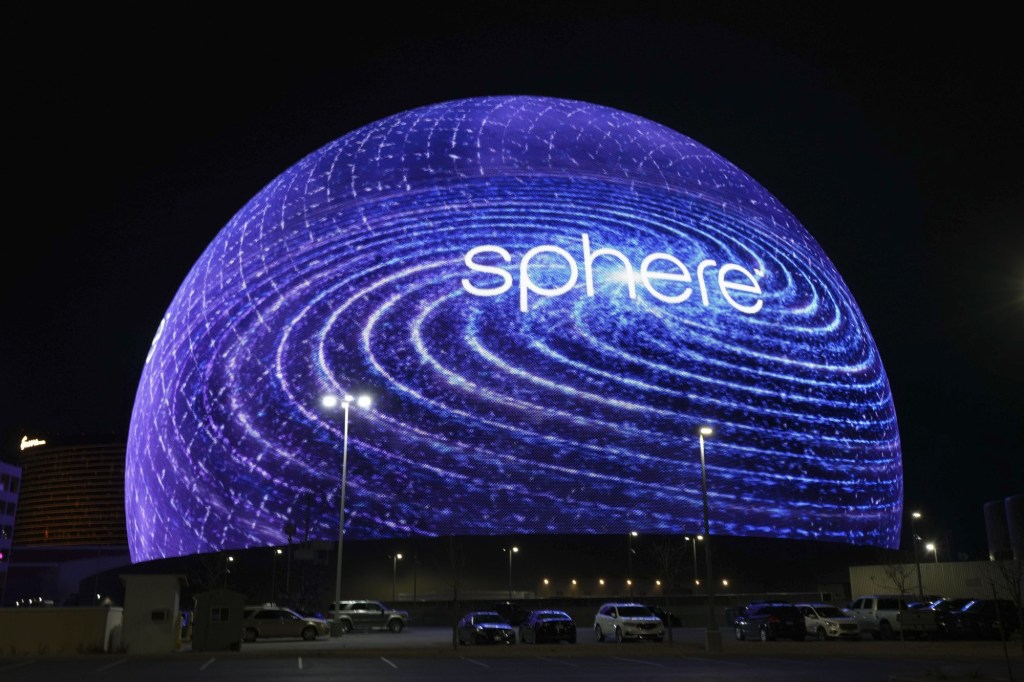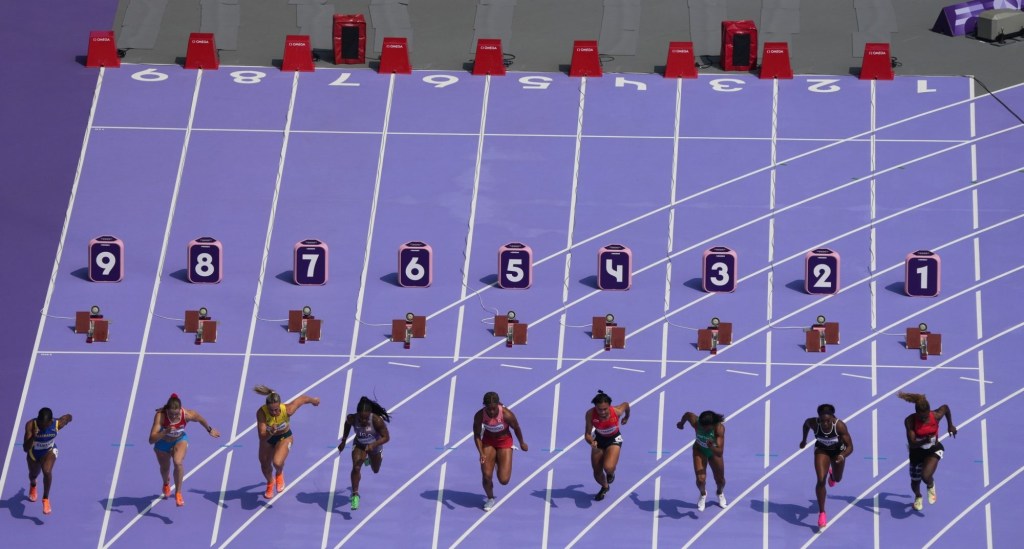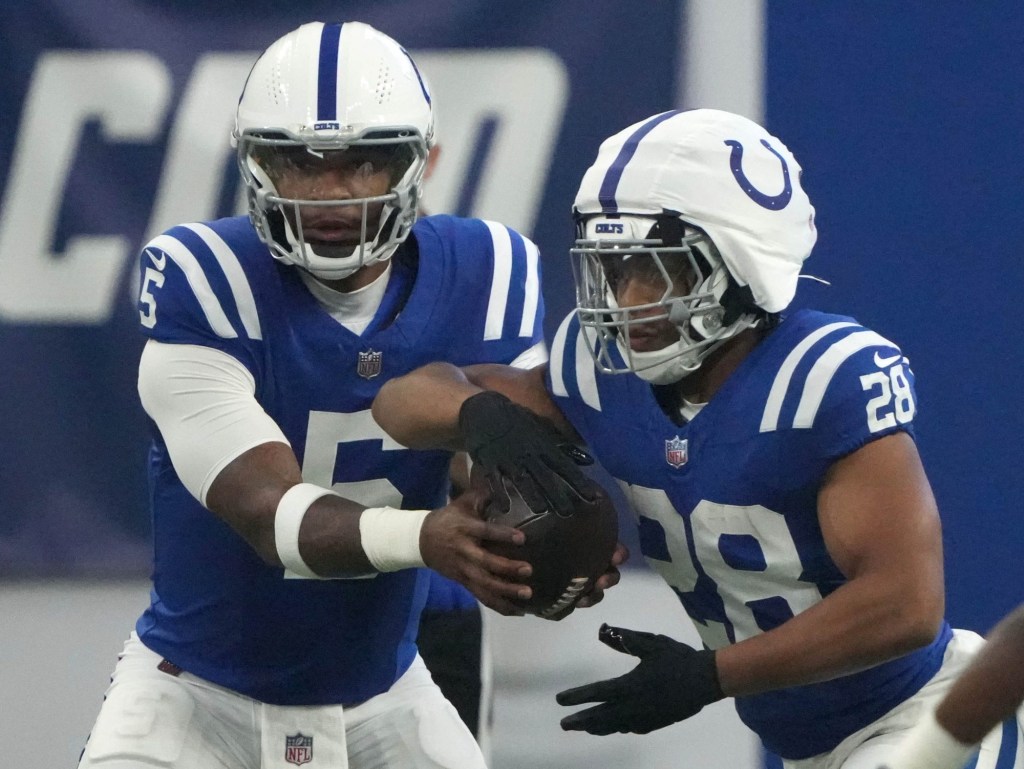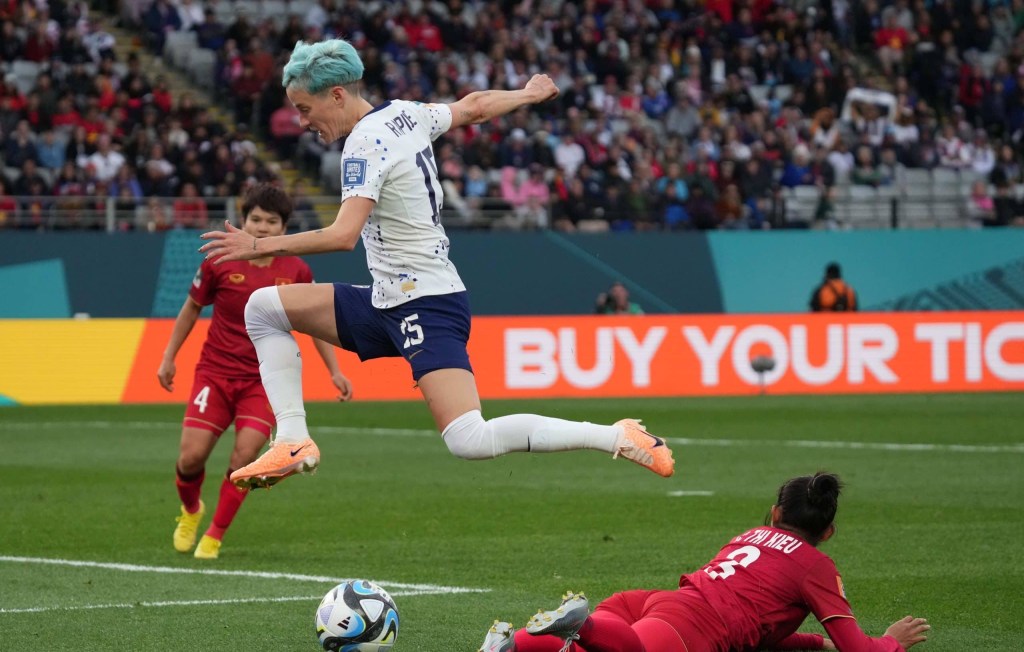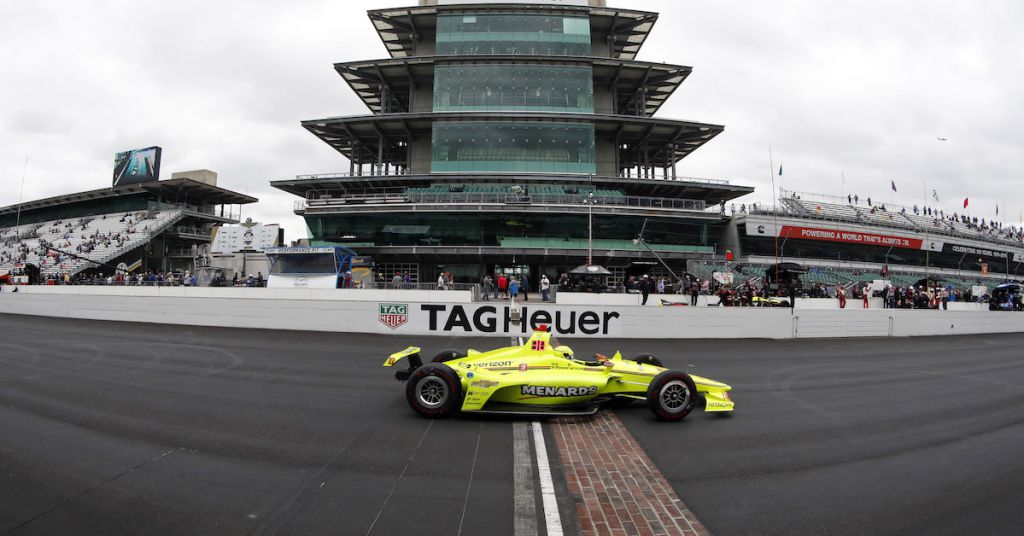
Much has been made about the potential impact of 5G on sports fans. It might have more power behind the scenes, as exemplified by Team Penske’s pole position qualification at the Indianapolis 500 this coming weekend.
Using a mobile “5G network on wheels” from the team’s partner, Verizon, Team Penske was able to use the technology to monitor training runs in real time in the week leading up to last weekend’s qualification. Penske slotted three drivers into Sunday’s Fast Nine Shootout, where driver Simon Pagenaud won the pole position.
Throughout the life of the partnership, Verizon has provided Team Penske with advanced technology for a leg up. Carlos Gutierrez, an engineer with Team Penske, claims the networking capabilities helped during training to speed up analyzation of lap videos. Verizon’s set-up featured two 5G radios – about the size of a toaster – on the Team Penske spotter tower and in the garage.
READ MORE: St. Louis Blues Gamify Western Conference Finals with ‘Enter the Zone’
“The typical workflow, we’re practicing six or seven hours and capture the content and store on SD cards then analyze after the session,” Gutierrez says. “After six hours, there are a lot of teams doing a lot of things, so you start losing some context throughout the day. When we were able to deploy the 5G connection, it started to be run to run, more real time and we can make decisions and adjustments right away.”
According to Gutierrez, context of a run is critically important and track conditions can be different from one day to the next. Just because a day’s worth of lap analysis says the track should be driven one way does not mean it should the next day.
The team used the technology to optimize their workflow during the week’s practice runs Tuesday through Friday and prepare for Saturday’s qualifying runs. Analyzing the cars running prior to Team Penske cars, comparing car-to-car runs, allowed the team to prepare its drivers.
“We were way more prepared than the competitors of how the day was unfolding,” Gutierrez said. “This culminated in three of our four drivers qualifying into the Fast Nine, a supreme accomplishment. Then one of our drivers made poll position and this technology is no small part in that.”
[mc4wp_form id=”8260″]
While the Verizon partnership could occasionally give Team Penske an advantage over others, it also helps Verizon iron out kinks. Adding to achieve low-latency and high bandwidth, the mobile set up allowed would have required fiber.
For now, the 5G rollout was a one-race experiment. But it has helped prove small mobile 5G networks can be set up relatively easily.
“Verizon and Team Penske have had a relationship for a while and for this season’s Indy 500, we wanted to do a concept with 5G and find a way to help the team prepare for the race,” says Verizon 5G Ecosystems Engineer Alex Smith. “We’re really thankful they’re letting us work with them on this and show the power of 5G, but right now we’re still proving out the case.”
Full implementation of consumer 5G is likely still several or more years away, as networking and phone technologies catch up. However, as Verizon and other 5G networking companies, teams and venues continue to roll out tests like this one, they can demonstrate the potential positives of the capabilities. While 5G could give consumers things they’ve dreamed of, it’s likely tech solves problems without solutions, like that of Penske’s delayed lap analysis.
READ MORE: Athletes Speak to Future of Virtual Reality and Wearable Tech
“The ability to amass crazy, never-before-seen experiences, it does seem like we’re at that jetpack phase,” Yahoo Sports General Manager Geoff Reiss told FOS in January. “The next generation is starting close to home. The first iPod didn’t create my demand to have music. I always wanted my music; it enabled something I always wished I could do.”
Team Penske will not have the 5G leg up against other teams the rest of this race season, but Gutierrez says it helped with workflow of their current process and will eventually be helpful when the technology is available to all teams.
While the ultimate consumer benefits of 5G are far from being proven, it is already helping out sports organizations, even if it is in a limited capacity.
